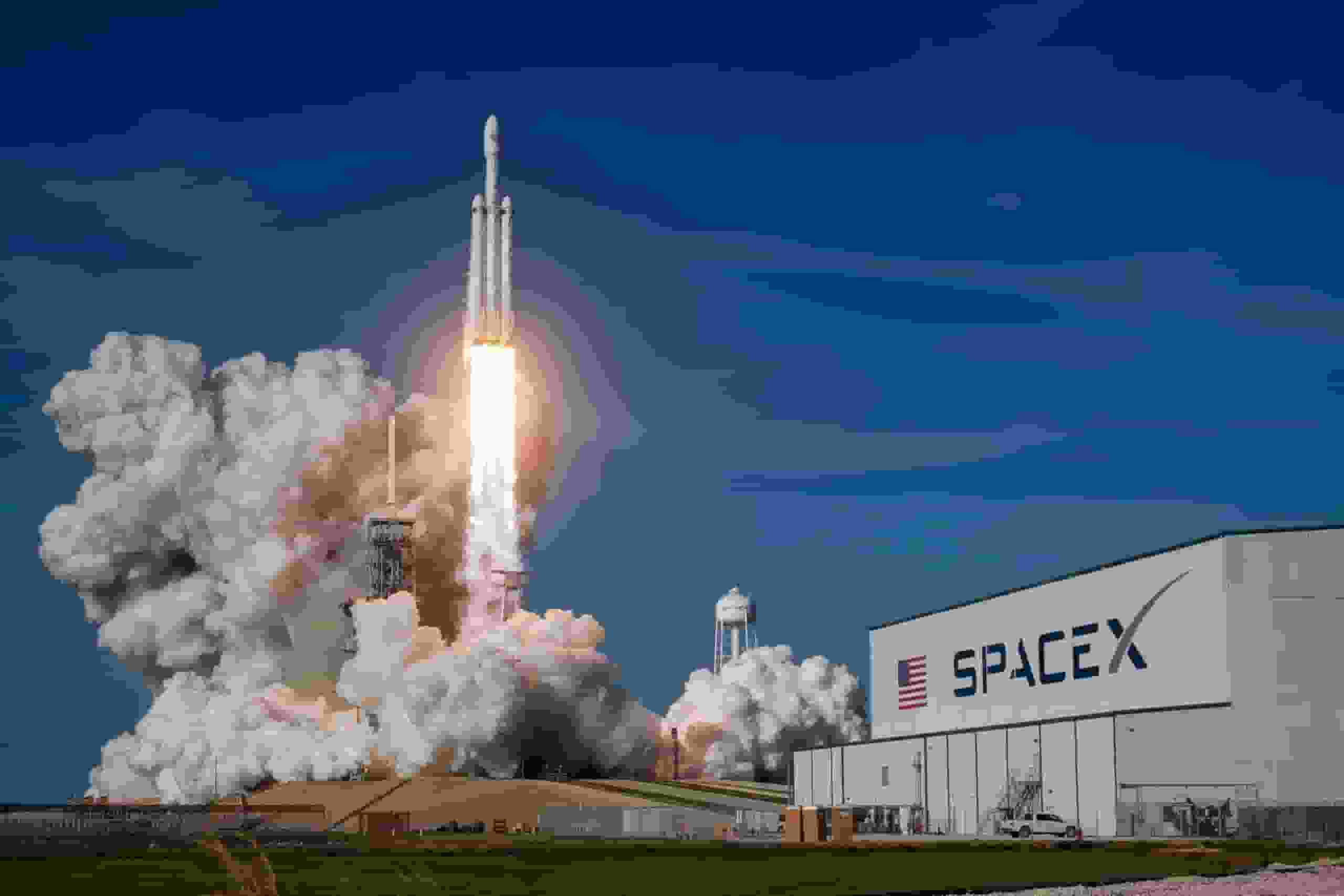
The private Japanese company iSpace is in charge of the Hakuto R mission, which will send its M1 lander, which is about the size of a chest freezer, to the moon’s surface.
The moon’s potential will be unlocked and turned into a strong and thriving economic system thanks to the work of our first mission, said Takeshi Hakamada, founder and CEO of iSpace.
Japanese Moon Mission
Hakamada continued by saying that the business hoped to support the Artemis initiative. The US space agency has already expressed interest in purchasing the moon rocks that M1 will gather.
A SpaceX Falcon 9 rocket carrying the lander and rover will take off, with the rocket’s first stage booster landing at Cape Canaveral Space Force Station roughly ten minutes later.
In the Google Lunar X Prize competition, which came to an end in 2018 without any winners being announced, iSpace was one of the finalists. But it managed to generate enough money to keep operating independently and land a few clients with comparable lunar aspirations. That is how the UAE space program’s Rashid rover ended up on board M1.
Japan and the UAE will join the US, Russia, and China as the only countries to have successfully placed a robot on the lunar surface if the mission is a success. Israel’s SpaceIL, another competitor for the Lunar X Prize, tried its own lunar landing in 2019, but the mission was unsuccessful due to a collision with the moon that destroyed the spacecraft.
READ MORE: NASA Orion Spacecraft Sets New Record of Reaching Farthest Distance From Earth
Falcon 9: SpaceX’s Workhorse Rocket

The Falcon 9 that will carry out ispace’s Mission 1 has completed four flights already. Its first stage has previously assisted in the launch of three batches of SpaceX’s Starlink internet satellites as well as the SES-22 communications satellite in June.
Satellites, Dragon cargo spacecraft, and Crew Dragon spacecraft are all orbited using SpaceX Falcon 9 rockets.
SpaceX frequently launches Falcon 9 to transport its Dragon spacecraft to the International Space Station, one of its numerous purposes. In October 2012, Dragon conducted the first private spacecraft visit there and has since flown more than 25 cargo flights. Since 2020, SpaceX has also flown crewed trips to the International Space Station on behalf of NASA and other clients.
Elon Musk, the founder of SpaceX, wanted to reduce the cost of space travel, so he designed the Falcon 9 as a reusable system. The rocket’s first stage can either crash to the ground or a drone ship.
Missions to space are carried out by the Crew Dragon spacecraft on behalf of NASA, Axiom Space, the Polaris Program, and other for-profit organizations. These missions might go to low-Earth orbit or the ISS. A few Falcon 9 system components have also been modified to work with the far more potent Falcon Heavy cargo rocket.
READ MORE: Common Answers To 5 Most Asked Questions About the U.S. Space Force

